Author: Anand Sharan
-
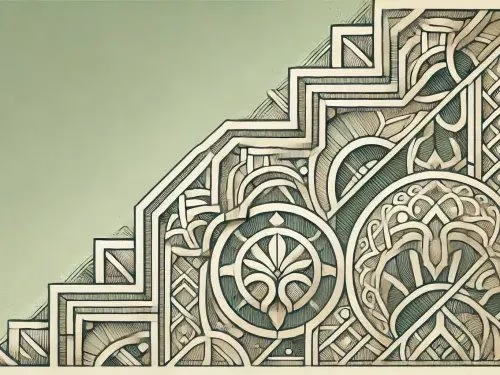
The Craft of Stone Inlay in Indian Architecture: The Art Behind the Taj Mahal
What Makes Stone Inlay Art Unique in Indian Architecture? Stone inlay art, also known as Pietra Dura, is a striking feature of Indian architecture. This complex craft involves embedding semi-precious stones into marble or sandstone to create stunning patterns. The uniqueness of stone inlay art lies in its precision and complexity. Artisans would use a…
-
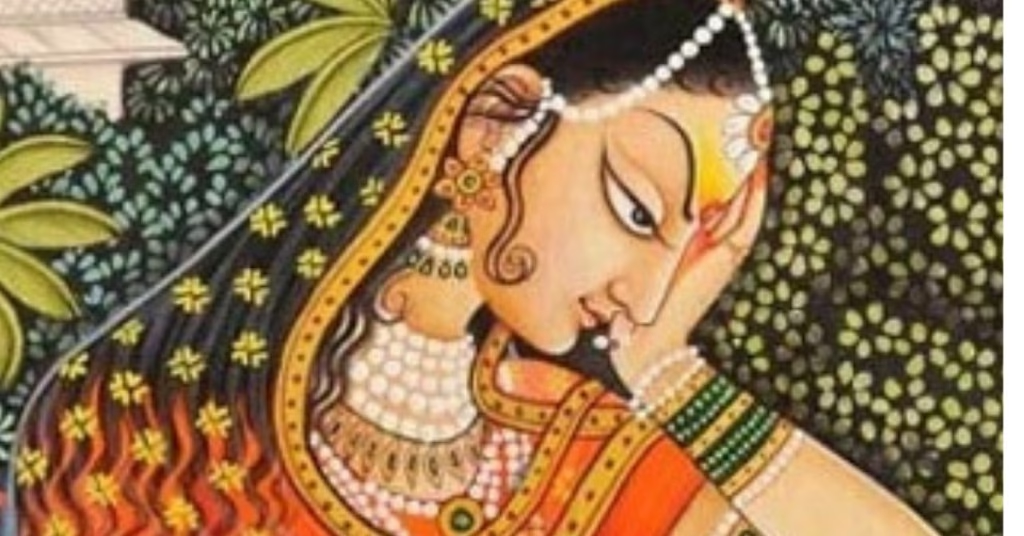
Discover the Symbolism in Rajput Paintings
Introduction to Rajput Miniature Paintings Rajputana, meaning “The lands of the Rajputs”, was a region in the state of Rajasthan in today’s India. Known for its history of bravery, courage and fearlessness, the kings were highly regarded. They were ferocious warriors and the Indian history books are filled with their virtuousness. Ever wondered what would…
-
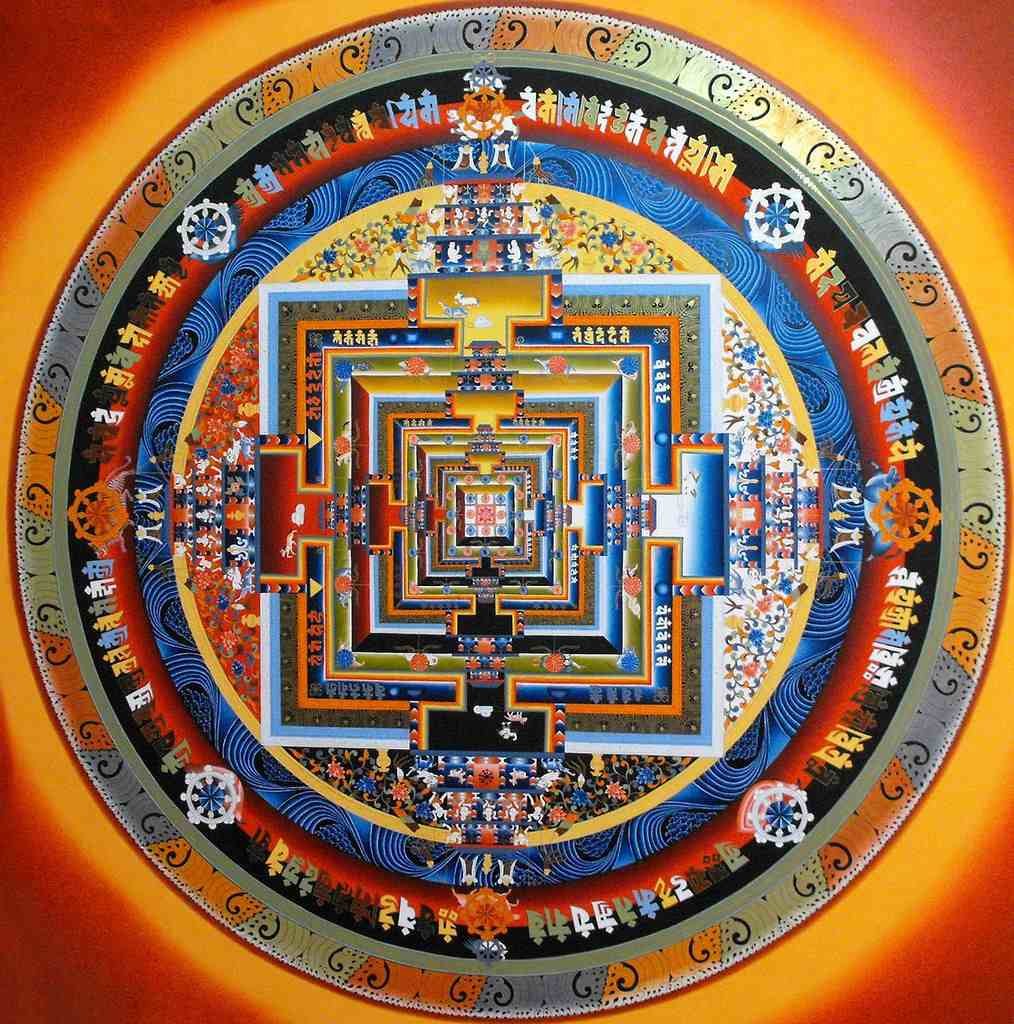
The Spiritual Significance of Thangka Paintings in Meditation
What is Thangka art? This art is a traditional Tibetan scroll painting created on cotton or silk canvas. It dates back to the 7th century. These paintings commonly depict Buddhist deities. They also depict mandalas and scenes from religious scriptures. A standard painting measures around 75×50 cm. Some can be much larger depending on their…
-
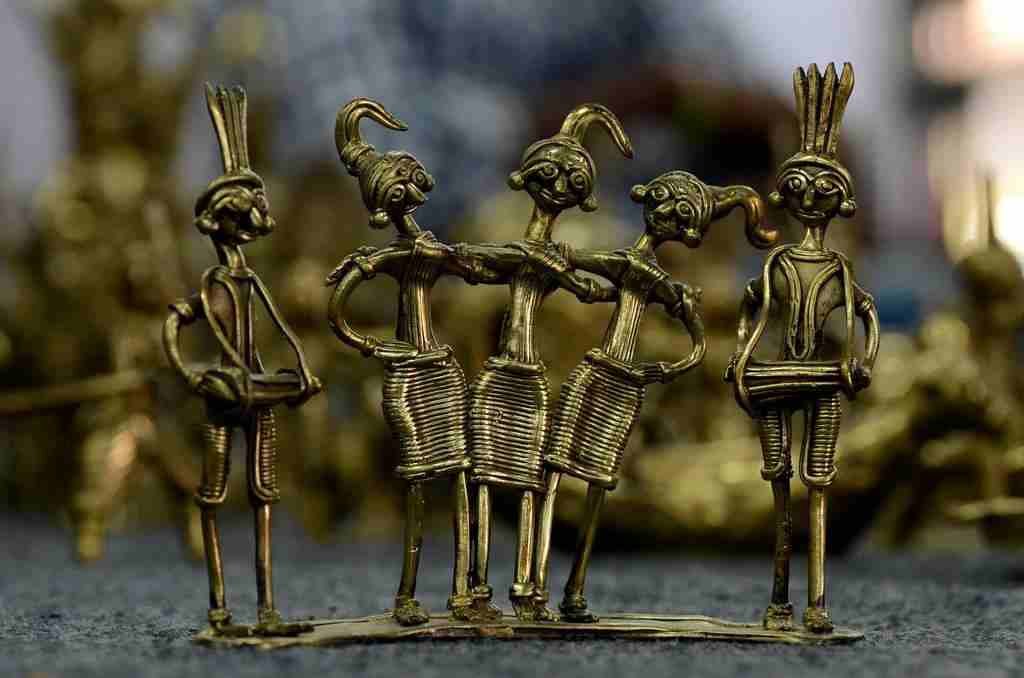
Dhokra Art: Tribal Alluring Metalwork from Eastern India
Introduction to Dhokra Art The Rich ancient culture and traditions of India are well recognized by the world. Its traditions, rituals, beliefs, and artistic expressions have greatly enhanced beauty and history. Indian art genres include handlooms, textiles, pottery, sculpture, painting, and many more. Products manufactured by hand have value and complex designs with minute details.…
-
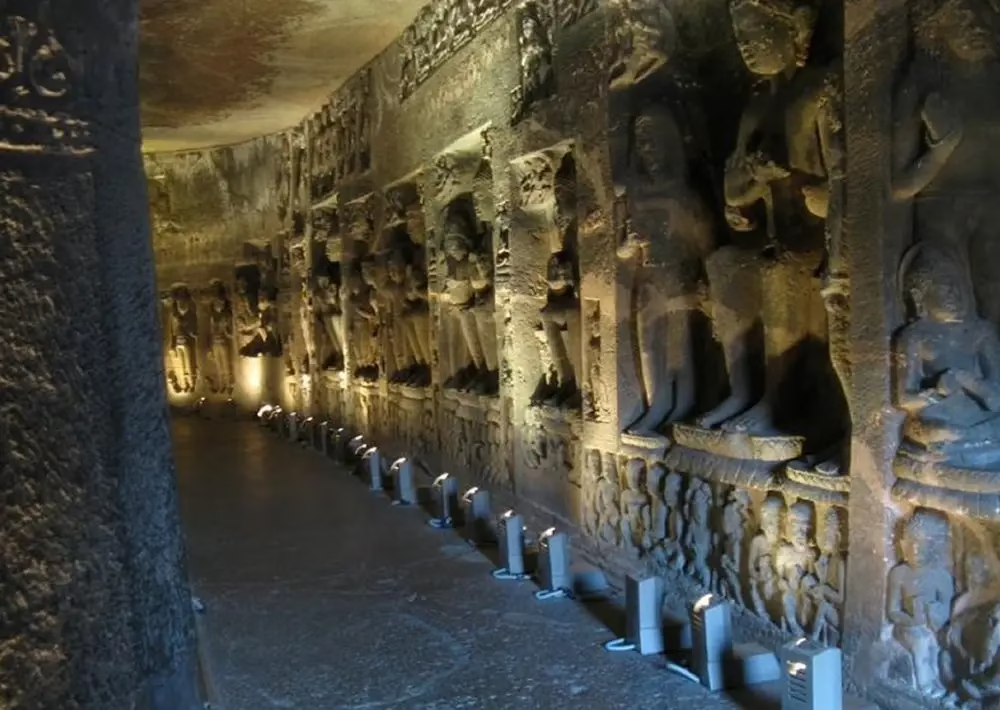
Ajanta and Ellora Caves: Captivating Artistic Legacy of Ancient India
Introduction: The Cultural and Artistic Significance of Ajanta and Ellora Caves Overview of the Ajanta and Ellora Caves The Ajanta and Ellora Caves are located in Maharashtra state of India. They are two of the most remarkable examples of ancient “rock carved” architecture. These caves provide a glimpse into early Indian civilization’s. The layout of…
-
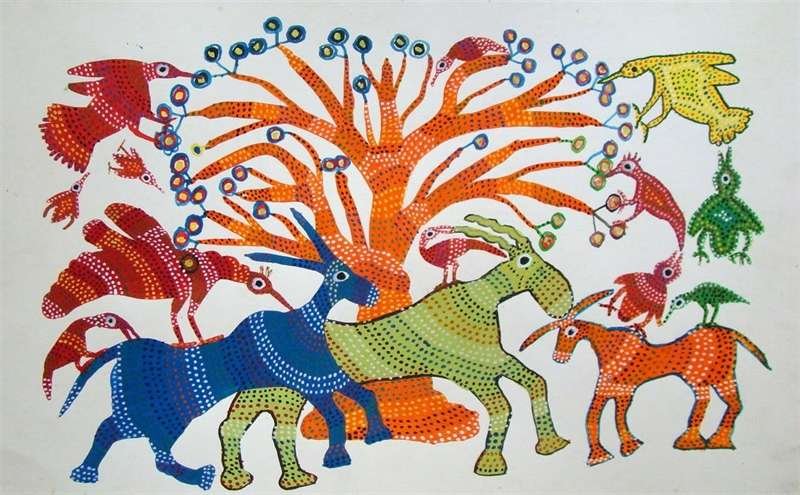
Gond Art: The Tribal Ancient Indian art through Vibrant Colors and Patterns
What are the origins of Ancient Indian Art: Gond Art? The Gonds: A Brief Overview of the Tribe The Gond tribe, regarded as one of the oldest and largest tribal groups in India, live in the regions of Central India spanning the states of Madhya Pradesh, Maharashtra, Chhattisgarh, and Andra Pradesh. The roots of this…
-
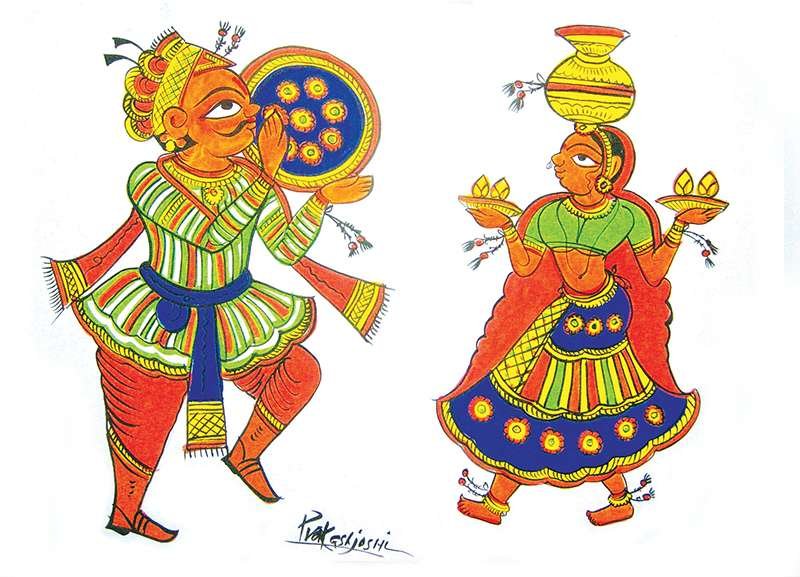
Beautiful Phad art: Rajasthan’s Tradition of Epic Storytelling
Introduction to Phad Paintings What Are Phad Paintings? Rajasthani phad paintings are a stunning example of traditional Indian art. These paintings are renowned for using vivid colors and minute details to tell tales. Typically, they are enormous scrolls that illustrate legendary tales of gods, heroes, and regional folklore. Phad art is among the most well-known…
-
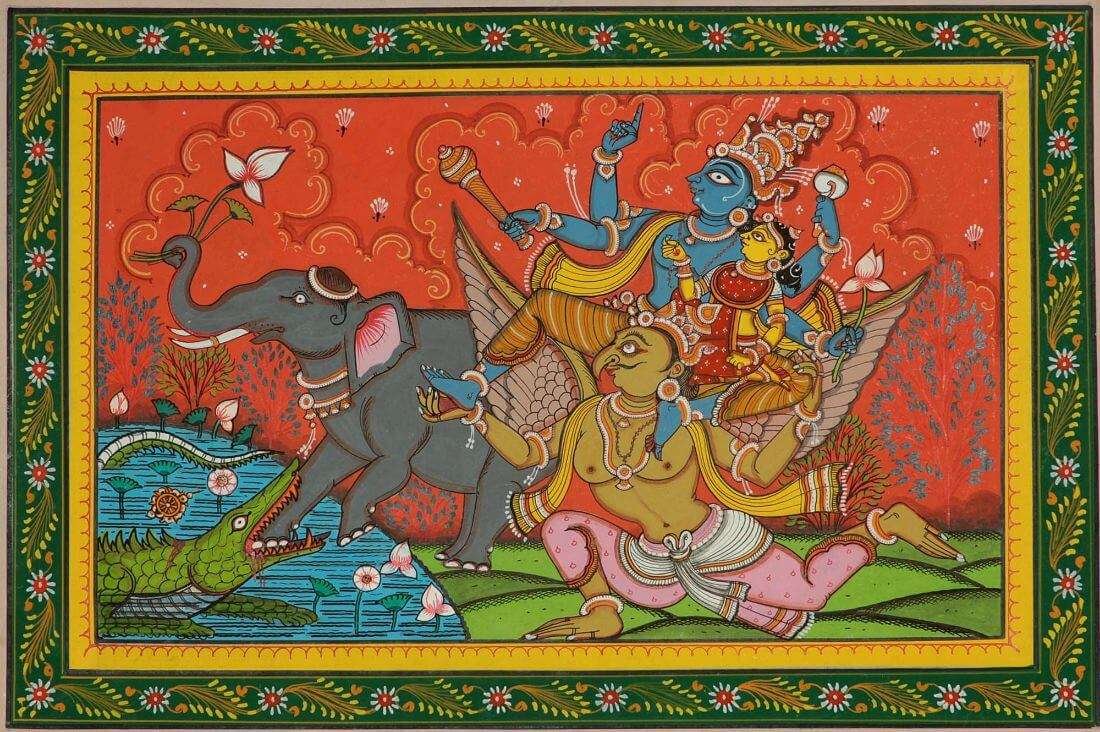
The Cultural Significance of Kalamkari: From Fabrics to Folklore
One of the most enchanting art forms that has remained a classic in Indian culture is Kalamkari. Its name originated from the Persian words “kalam,” which means pen, and “kari,” which means craftsmanship until it became Kalamkari was a method of hand-painting or block-printed cotton textile. The artworks mirror tales originating from biblical text, skinhead…
-
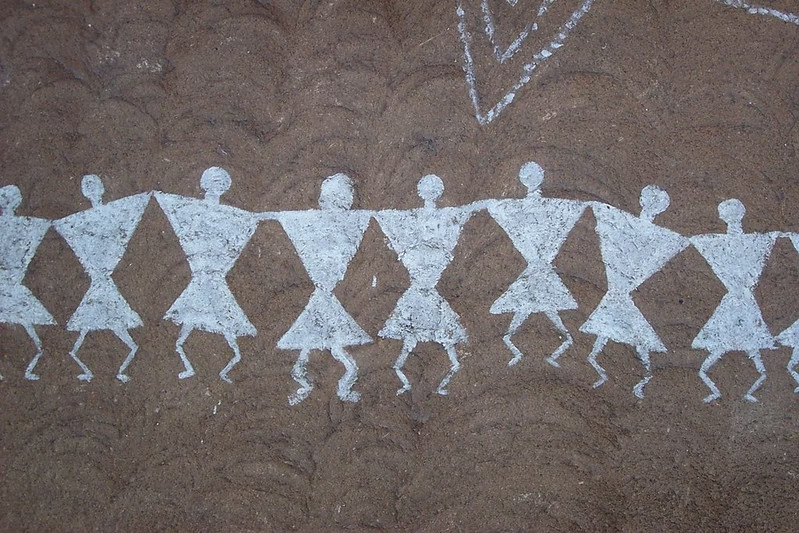
Pictures of Warli Art: Exploring the Ancient Indian Tradition of Nature and Survival
Introduction to Warli Art: An Ancient Indian Tradition Pictures of Warli art, an ancient tribal tradition from Maharashtra, speaks the language of simplicity. The Warli tribe, known for its profound connection with nature, has preserved this art form for centuries, passing it down through generations. The medium is unpretentious: white pigment, made from rice paste,…
